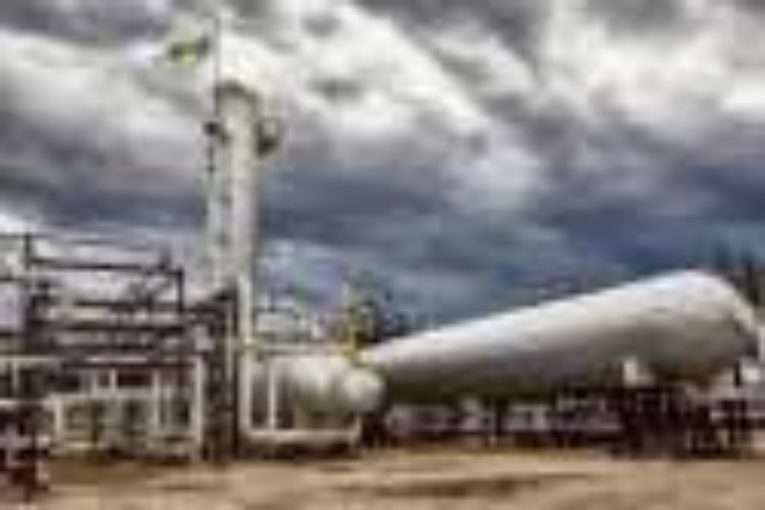
OTTAWA — Rising interest rates could create an additional cost for debt-laden Canadian oil and gas players, whose capital raising options are scarce following several lacklustre initial public offerings and failed equity issuances.
Canada’s oil and gas firms, still suffering from lower commodity prices, have struggled to access debt markets in recent years. A tightening monetary policy in Ottawa threatens to compound the issue when companies seek to raise capital in future, analysts say.
“It’s a higher cost of capital,” said Jackie Forrest, the director of research at the ARC Energy Research Institute in Calgary. “All things the same, it would increase the break-even oil price you would need.”
On Wednesday, Bank of Canada announced it would raise its overnight rate to 0.75 per cent, up from 0.5 per cent.
Forrest and other analysts said the immediate impact of higher rates on energy companies is likely to be minimal, as long-term debt obligations are locked in at fixed rates, and in senior-denominated notes.
But as Canada attempts to shrug off the economic pain of a prolonged oil rout, the BoC decision could mark the beginning of a broader shift toward higher borrowing costs.
“This could filter through to increase those other rates incrementally,” Forrest said.
Prices for crude have tumbled in recent weeks, but overall higher commodity prices have eased much of the oil patch’s debt woes over the past year. Even so, oilpatch debt levels have come into focus as company earnings are reduced and capital investment plans are pared back.
Total debts among Canadian oil and gas producers currently stand at around $220 billion, according to data from the ARC Energy Research Institute, or roughly four times industry cash flows.
That ratio is an improvement from the six-times debt-to cash-flow averaged in 2015 and 2016, when oil prices were at their lowest, but higher than the two-times ratios that existed before oil prices began to plummet in mid-2014.
“As commodity prices go higher or lower, it does change a lot how much the debt can be serviced,” Forrest said.
Tightening debt markets come at a time of limited capital-raising options for many energy companies, as equity markets remain unyielding for many companies.
Several energy companies debuted below their IPO price so far this year, due to softening markets and specific risks tied to political snags over pipelines.
Shares in Kinder Morgan Canada Ltd. fell shortly after its IPO in May, seemingly over investor fears that a potential NDP-Green Party alliance in British Columbia could stall the contentious twinning of the Trans Mountain pipeline. STEP Energy Services Ltd., a Calgary-based pressure pumping company, and Source Energy Services Ltd., a frack sand supplier, have also slumped since their debuts.
“We had three effectively failed IPOs already this year,” said Rafi Tahmazian, a senior portfolio manager at Canoe Financial based in Calgary. “They limped across the finish line and are all trading way under water.”
Cenovus Energy Inc. and the much smaller Cardinal Energy Ltd. both aimed to raise capital through equity issuances in order to fund acquisitions, but failed to meet their targets. Painted Pony Energy Ltd. and Crescent Point Energy Corp. have also faced investor criticism for recent equity issues.
Meanwhile, debt markets also remain largely inaccessible to energy companies as oil prices remain uncertain.
“It would be irrelevant to these companies even if interest rates were going down,” Tahmazian said.
The BoC had for some time been telegraphing an interest rate hike, following improving economic data and a lifting of rates in the U.S.
You can read more of the news on source
